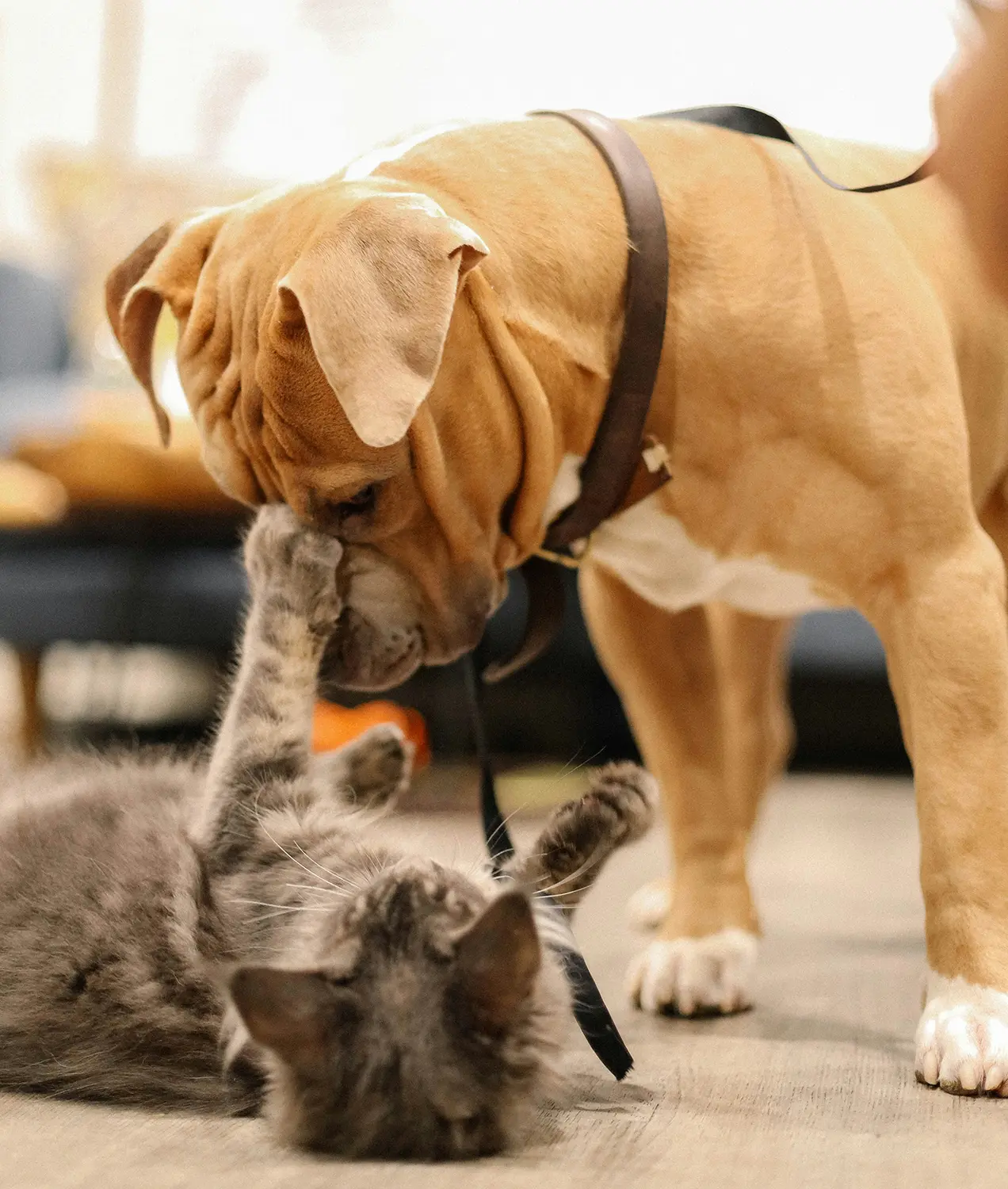La enigmática comunicación felina

Ronronear…
Los gatos han cautivado los corazones humanos durante siglos con su gracia, independencia y misteriosas maneras. Entre sus intrigantes comportamientos, uno de los más encantadores es su capacidad para ronronear. Este sonido suave y rítmico ha dejado a científicos y amantes de los gatos preguntándose por igual sobre su origen y propósito.
Un nuevo estudio podría dar por fin con la respuesta. Los gatos domésticos poseen «almohadillas» incrustadas en sus cuerdas vocales, que añaden una capa extra de tejido graso que les permite vibrar a bajas frecuencias, según informan los científicos en Current Biology. Además, la laringe de estos animales no parece necesitar ninguna señal del cerebro para producir el ronroneo.
Aunque las razones exactas por las que los gatos ronronean siguen siendo objeto de investigación, varias teorías fascinantes arrojan luz sobre esta enigmática comunicación felina.
- Satisfacción y confort: La asociación más común con el ronroneo es la de un gato contento y relajado. Cuando los gatos ronronean en presencia de sus dueños o mientras se les acaricia, suele significar un estado de tranquilidad y felicidad. El ronroneo parece ser una forma instintiva que tienen los gatos de expresar placer y comodidad, creando una sensación de unión entre el felino y el humano.
- Comunicación con humanos y otros gatos: El ronroneo no sólo está reservado para la interacción humana; los gatos también ronronean cuando se comunican con otros felinos. Se sabe que los gatitos ronronean para indicar a su madre que están a salvo y buscan su atención. Del mismo modo, los gatos adultos pueden ronronear para transmitir una actitud no amenazadora durante las interacciones sociales con otros gatos.
- Autocuración y alivio: Sorprendentemente, el ronroneo puede tener beneficios potenciales para la salud de los gatos. Algunos estudios sugieren que las vibraciones de baja frecuencia producidas durante el ronroneo pueden favorecer la curación de sus huesos y tejidos. Sorprendentemente, la frecuencia del ronroneo de un gato, que suele oscilar entre 25 y 30 hercios, coincide con frecuencias conocidas por favorecer la regeneración y curación de los tejidos. Algunos científicos creen que el ronroneo puede contribuir a la reparación ósea y la recuperación muscular. Además, el ronroneo puede servir como mecanismo de autocalmación en momentos de dolor, estrés o enfermedad, proporcionando consuelo y reduciendo la ansiedad.
- Vínculo afectivo: Cuando los gatos ronronean mientras se acurrucan junto a sus dueños, puede considerarse una expresión de confianza y afecto. El ronroneo durante estos momentos puede ser una forma de que los gatos comuniquen su amor y aprecio por la compañía que reciben.
- Comunicación con humanos y otros gatos: El ronroneo no sólo está reservado para la interacción humana; los gatos también ronronean cuando se comunican con otros felinos. Se sabe que los gatitos ronronean para indicar a su madre que están a salvo y que buscan su atención. Del mismo modo, los gatos adultos pueden ronronear para transmitir una actitud no amenazadora durante las interacciones sociales con otros gatos.
- Curación y consuelo: Sorprendentemente, el ronroneo puede tener beneficios potenciales para la salud de los gatos. Algunos estudios sugieren que las vibraciones de baja frecuencia producidas durante el ronroneo pueden favorecer la curación de sus huesos y tejidos. Además, el ronroneo puede servir como mecanismo de autocalmación en momentos de dolor, estrés o enfermedad, proporcionando consuelo y reduciendo la ansiedad.
- Comunicación en diversas situaciones: Se sabe que los gatos ronronean en diversas situaciones, no sólo cuando están contentos. También pueden ronronear cuando tienen hambre, cuando buscan atención o incluso en situaciones de estrés como forma de tranquilizarse.
Aunque muchos aspectos del comportamiento felino siguen intrigando a investigadores y propietarios de mascotas, el enigmático ronroneo sigue siendo un fascinante campo de exploración. Ya sea como muestra de felicidad, como herramienta de comunicación o como medio de autocalmarse, el suave zumbido del ronroneo de un gato sigue aportando alegría y calidez a nuestras vidas. Abrazando la belleza de este misterio milenario, podemos apreciar el vínculo especial entre los humanos y sus compañeros felinos, celebrando la magia que se esconde en cada ronroneo.
Referencias::










Escribir un comentario
¿Cuál es su calificación general?